Is A Cat's Nose Dry Or Wet and Why?
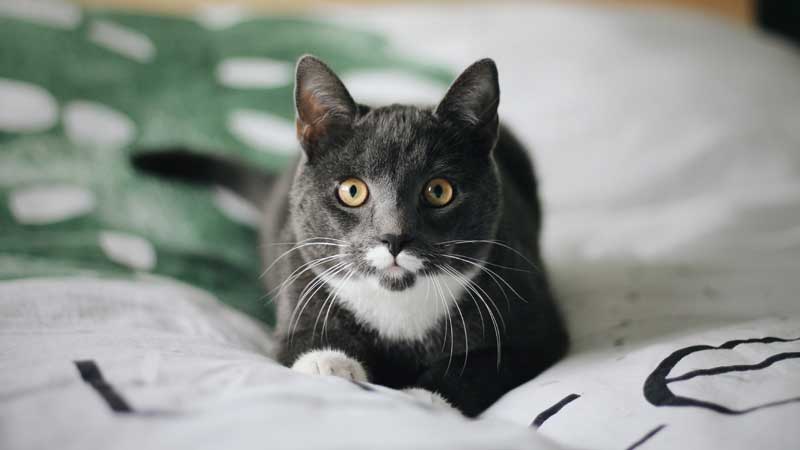
Best Answer:
A healthy cat has a very wet nose.
There are many folds in the upper part of the cat's nasal cavity, and this structure is easy to keep moist with a little moisture, and there are similar structures in many mammals.
However, when cats sleep and nap, their body temperature is relatively constant, and they do not need too much energy consumption, so their noses will become dry. And when they wake up and move around for a while, their noses get wet again.
Why Are Cat Noses Wet?
When you "boop" the nose of your cat regularly, you can instantly observe that the nose is damp and chilly. But come to think of it: should your cat's nose be wet and cold? Well, a cat's nose is usually humid and not dry.
A cat's wet nose makes it easier to recognize odors and pinpoint their sources.
It is very important for cats to maintain a keen sense of smell. The cat's olfactory mucosa is located deep in the nasal cavity, with an area of about 20 to 40 square centimeters, twice that of a human. Cats have about 9,900 nerve endings in their olfactory mucosa, compared to about 500 in humans. When cats inhale air, if it is moist, it helps them sense the smell. After the moist air enters the nasal cavity, it can stimulate the olfactory cells to produce excitement, which will send signals to the brain along the olfactory nerve, thereby producing the sense of smell. The particles floating in the air will also more easily land on the wet nose of the cat. The cat's nose will secrete some water on its own, and the cat will also lick its own nose to keep it moist and help capture these tiny odorous particles.
Dogs respond similarly to this. Wet noses possess a distinct advantage as to the scent particles adhering to wet surfaces more readily than dry ones. Similar to dogs, cats have a scent gland referred to as the Jacobson's Organ found on the roof of their mouths. They can accomplish this because they breathe by opening their mouths, and occasionally they hold them open slightly in a "sneer" to catch a nice whiff of fragrance. This phenomenon is referred to as the flehmen reaction.
Some owners speculate that cats usually wet their noses by licking which is the same purpose as dogs - to increase the number of scent molecules that reach Jacobson's Organ. Other people, however, claim that the majority of cats lick their noses to refresh them and eliminate any particles obstructing their ability to distinguish scents.
Dry Nose Doesn't Always Imply Illness
It's not always a sign of illness when the nose of a cat is warm or dry. If your cat has just licked and brushed himself, its nose may feel a little dry. It may also feel dry or warm if your cat has been basking under the sun in a window. Even a minor sunburn on your cat's tiny snout could cause his unusually dry nose. Some felines naturally have drier or warmer noses. On the other hand, if your cat feels too cold, his nose may feel very chilly.
Signs of Sickness May Include Both Dryness or Wetness of Cat Nose
Observe the behaviors of your cat rather than focusing on whether or not her nose is wet or dry. Have a visit to the vet if your cat appears to be lethargic, lacks energy, eats less, drinks more than usual, or exhibits digestive problems. A warm nose may occasionally be expected, but it could also indicate a fever or dehydration. Too-wet noses might sometimes be a sign of trouble. Your cat may have suffered from allergies, colds, or other problems if you find that her nose is damper than usual or has an odd discharge. You might also need to contact your vet once your cat wheezes a little or has trouble breathing.
Although your cat's nose must typically be wet and slightly cool, having a warm and dry nose does not automatically imply that a cat is facing any health issue. Just be certain that your cat is well and receives ample access to clean drinking water and good quality food. You may wish to consult your vet if you notice other symptoms of sickness together with a difference in your cat's nose.
You May Also Like
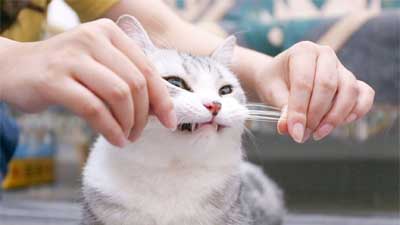 Help & AdviceHow Does Trimming A Cat's Whiskers Affect Cats?
Help & AdviceHow Does Trimming A Cat's Whiskers Affect Cats?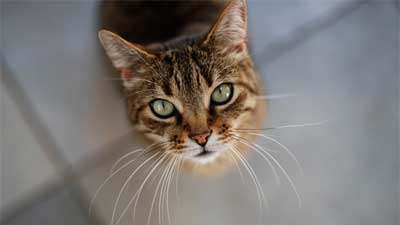 Help & AdviceCan A Cat's Whiskers Be Cut?
Help & AdviceCan A Cat's Whiskers Be Cut? Cat BehaviorWhat Colors Can A Cat's Eyes Distinguish?
Cat BehaviorWhat Colors Can A Cat's Eyes Distinguish?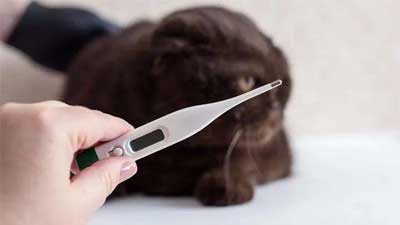 Cat HealthWhat Is The Normal Body Temperature Of A Cat?
Cat HealthWhat Is The Normal Body Temperature Of A Cat?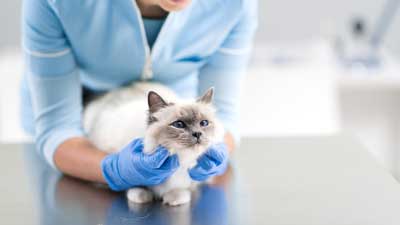 Cat HealthDo Cats Carry The Feline Coronavirus For Life?
Cat HealthDo Cats Carry The Feline Coronavirus For Life?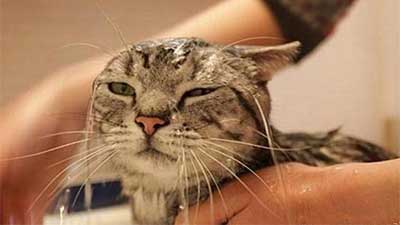 Cat BehaviorDo You Know Why Cats Don't Like Water?
Cat BehaviorDo You Know Why Cats Don't Like Water?